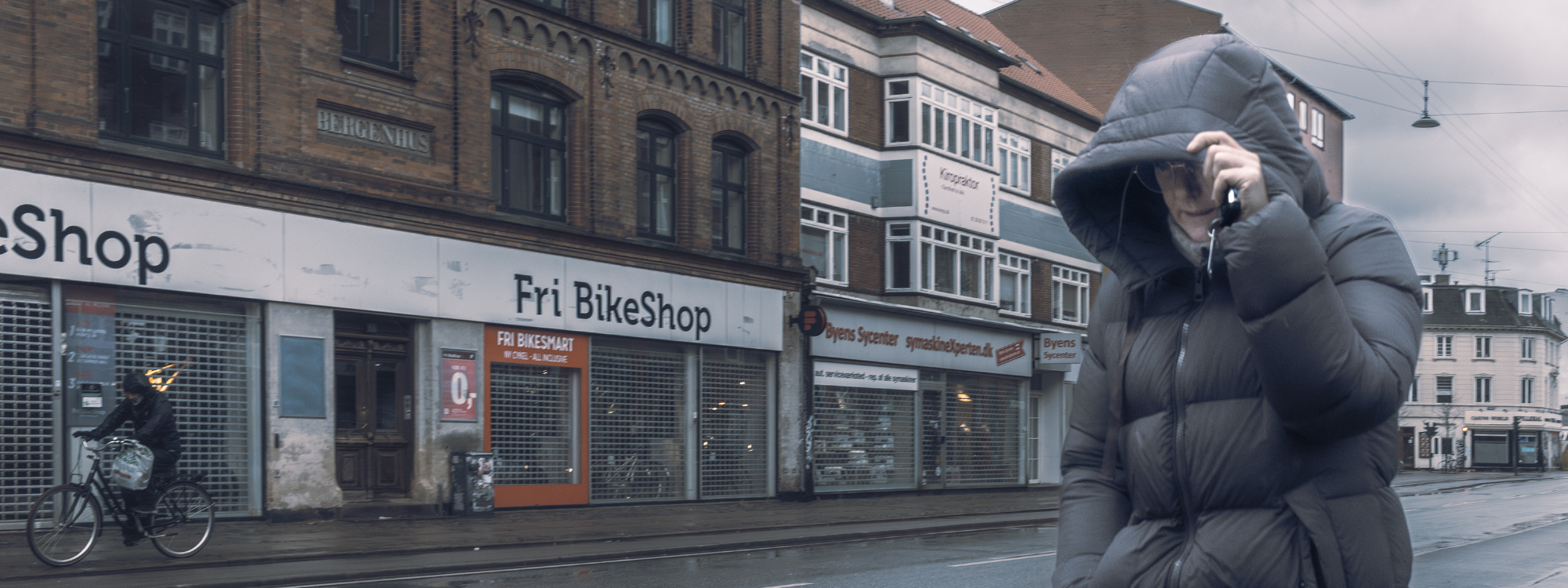Capturing Moments in Time: A Brief History of Street Photography
Street photography, a dynamic and captivating genre, has evolved over the years into a powerful medium for documenting the essence of urban life. In this exploration, we delve into the rich history of street photography, tracing its origins, key milestones, and the photographers who shaped its narrative.
Origins of Street Photography:
The roots of street photography can be traced back to the late 19th century. Pioneers like Eugene Atget in Paris and Alfred Stieglitz in New York used early portable cameras to capture candid glimpses of city life. Atget’s haunting images of Parisian streets and Stieglitz’s candid portrayals set the stage for what would become a revolutionary form of artistic expression.
The 20th Century: A Golden Era for Street Photography:
As the 20th century unfolded, street photography flourished. Henri Cartier-Bresson, often regarded as the father of modern street photography, introduced the concept of the “decisive moment.” His work, along with that of Walker Evans, Dorothea Lange, and Robert Frank, captured the human condition during pivotal historical moments, such as the Great Depression and the post-war era.
Documentary Tradition and Social Change:
Street photography became a powerful tool for social commentary and documentation. Photographers like Gordon Parks and Helen Levitt used their lenses to shed light on societal issues, capturing the raw and unfiltered realities of marginalized communities. The genre, intertwined with documentary traditions, became a mirror reflecting the pulse of society.
Colour Photography: Saul Leiter and Ernst Haas:
The mid-20th century saw a groundbreaking shift with the introduction of color photography to the street photography landscape. Saul Leiter, a pioneer in this movement, captured the streets of New York with a painterly eye, employing muted tones and innovative compositions. Ernst Haas, another luminary, embraced vibrant color, pushing the boundaries of what street photography could convey. Their work expanded the visual language of the genre, introducing a new dimension of emotion and atmosphere.
Impact of Vivian Maier:
In the contemporary era, the impact of street photography continues to reverberate, and one name stands out—Vivian Maier. A posthumous sensation, Maier’s extensive body of work, discovered only after her passing, has left an indelible mark on the genre. Her keen eye, astute observations, and ability to capture the essence of everyday life have inspired a new generation of street photographers. Maier’s story serves as a testament to the hidden gems that street photography can unearth, even in the most unexpected places.
Conclusion: The Enduring Allure of Street Photography:
Street photography, born from the desire to capture the unscripted beauty of everyday life, has evolved into a dynamic and influential art form. From the early pioneers to the contemporary storytellers, each era has contributed to its rich tapestry. As we navigate the digital age, the allure of street photography remains, inviting new generations to explore, document, and immortalize the fleeting moments that define our urban landscapes. The history of street photography is not just a chronicle of moments captured; it’s a testament to the enduring spirit of visual storytelling

